What a month is May! It’s a showcase of blossoms on trees, shrubs, and early blooming perennials. And while we have a great number of ‘winter’ birds that also stay around for the summer, we now see the birds that are passing through to their summer lands in Canada or those that nest and live in Minnesota for the warm season. May is the pleasant month of transformation when trees fully leaf out, exuberant growth occurs, sunshine begins to warm the lakes, and long, light evenings change the way we structure our activities. But back to the beginning of May–one of our maple trees was aglow with golden filaments of pompom-like flowers. Trees are heavily flowered (and thus seed producing) in different yearly intervals–some years it is difficult to notice any flowers at all, but this particular tree was spectacular this year!
What is Spring without Robins? The sight of Robins is the herald of the vernal season when we know that any traces of Winter will soon be gone. Whether perching on the water sprinkler during a rain shower or hopping in the grass and pulling out worms after the rain, the Robin is a common companion of May.
Northern Lights Azaleas, hardy deciduous shrubs developed at the University of Minnesota, allow us a small taste of the incredible beauty of azaleas in our northern climate. This is ‘Northern Hi-Lights,’ and while ours still struggle in our sandy soil, they do treat us to some amazing blossoms.
A couple of weeks ago the flower petals were falling off the apple tree. It was a super windy day, and I noticed a number of birds flying among the branches. With the zoom on the camera, I was able to identify the small flock of Cedar Waxwings–they were plucking the white flower petals and eating them!
One of the delightful additions to our garden is the Gas Plant. Tall spikes of orchid-looking flowers peek above the ferns that make a lovely background for the pink flower. Gas Plants grow in sun or shade–we have ours on the edge of the woods. They are hardy, drought-tolerant, and not picky about soil. They do not like to be moved once established, as they have a deep tap-root. The name is derived from the citrusy, flammable fumes the flowers give off–on a still day, you can hold a match by the flowers and see a poof of blue flame!
This little bird was flying in the woods before the leaves were fully out. I believe it to be a warbler of some kind, perhaps a Magnolia Warbler or a Yellow-rumped Warbler, both of which have their summer range in Canada.
Once we got the buckthorn cleared out from beneath the oaks in our woods, this woodland perennial appeared–Virginia Waterleaf. The leaves are mottled with what looks like water stains, and clusters of white to violet flowers rise above the leaves. As you can see, they are a favorite of the bumblebee at this time of year.
Eastern Kingbird’s scientific name is Tyrannus tyrannus, indicating his tyrannical traits of defending his territory. When defending the nest, he will aggressively attack hawks, crows and squirrels. He has a neat, suit-like appearance. The Kingbird has a crown of red, orange, or yellow feathers on its head that is usually concealed, but is raised when confronting an attacker. Both the male and female hunt for insects and feed the young for about seven weeks.
We don’t often think of evergreen trees flowering, but this is a pollen cone or male flower of the Red Pine tree. The pollen cones are most often found in the lower crown of the tree, while the small female flowers are in the middle to upper crown of the tree. Red Pine or Norway Pine is the state tree of Minnesota.
It was evening bath time for this little Bluebird! It’s so nice to have these birds in our yard, seeing them drop and dive for insects with a flash of blue color.
Birds and blossoms are the showcase of May. Spring bulbs, flowering shrubs and trees, and perennials become the houses and food for animals, birds, and insects as the yearly reproductive cycle of each creation happens before our eyes. We once again marvel at the transformation that occurs in this month as plants emerge from the ground, grow, and flower in such a short time! This Life Force of Nature is awe-inspiring! Do you see it? Do you notice and appreciate it? It is a privilege to be the observer, the caretaker, and the participant in this season of growth and beauty.
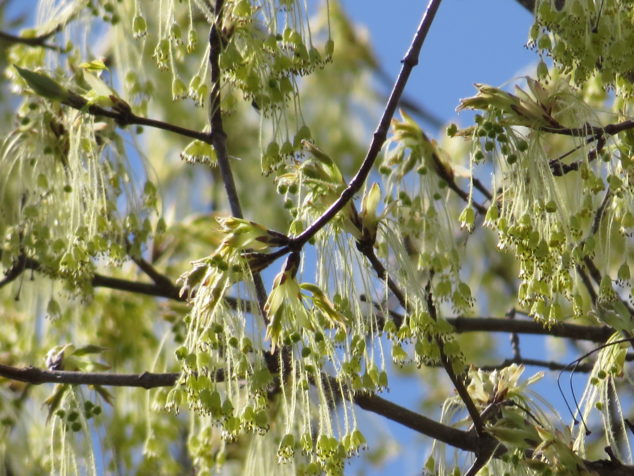
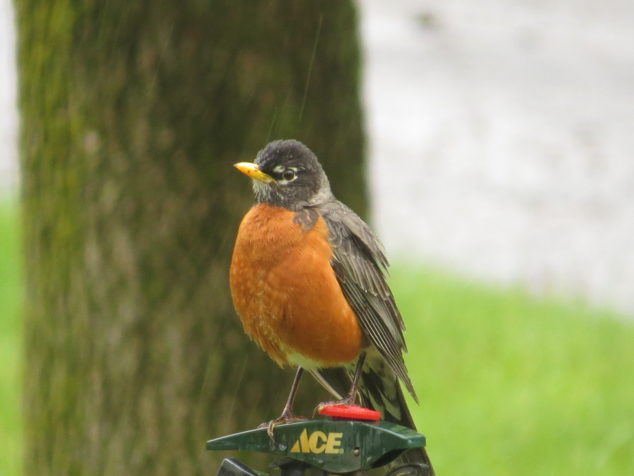
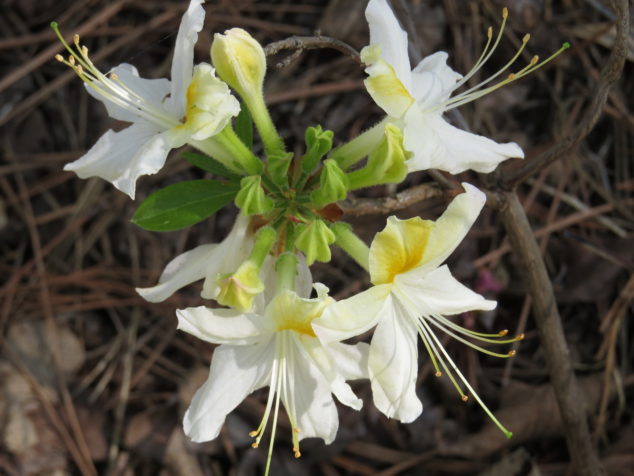
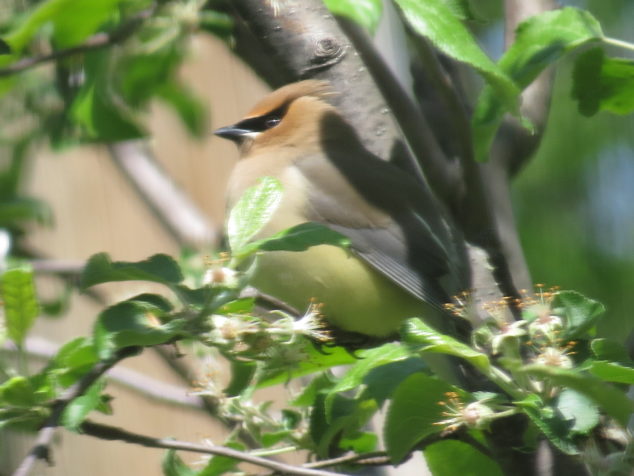
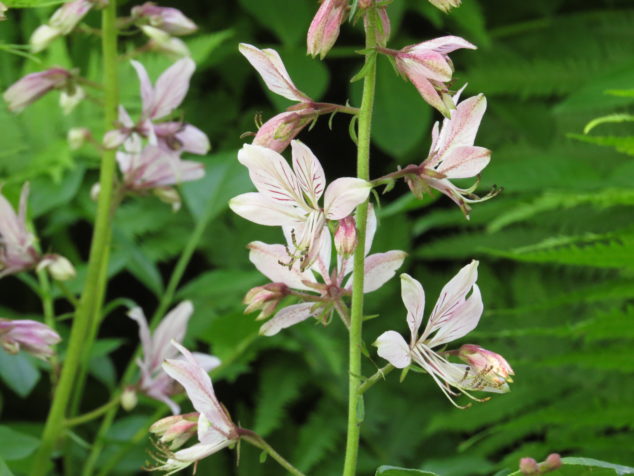
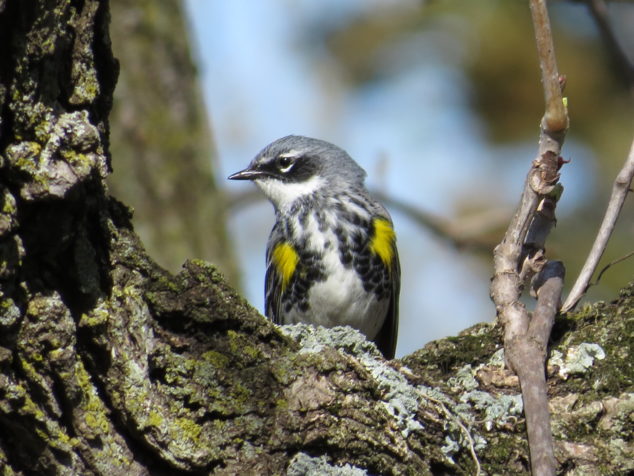
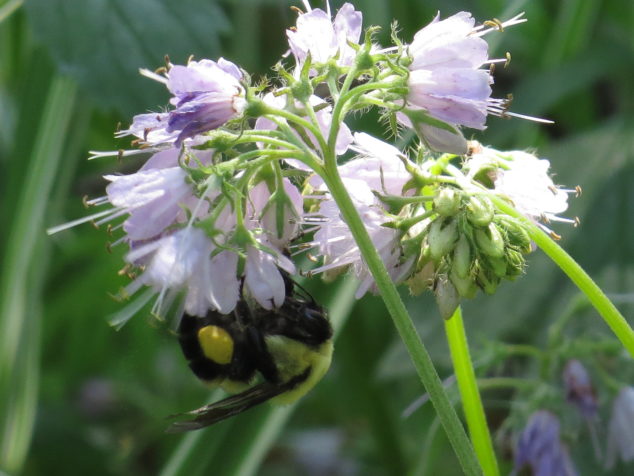
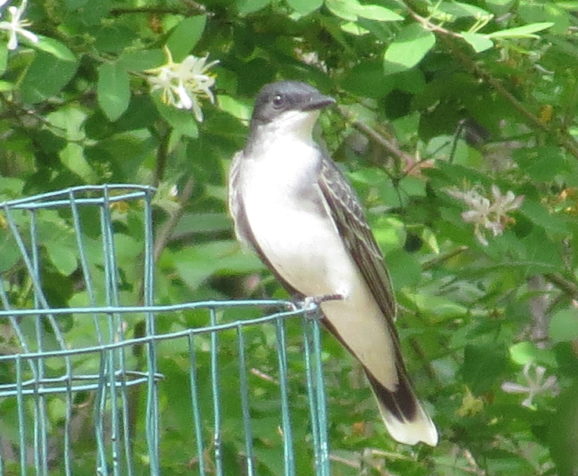
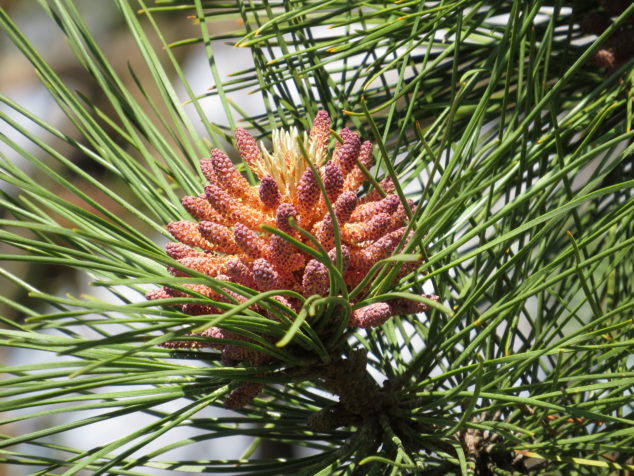
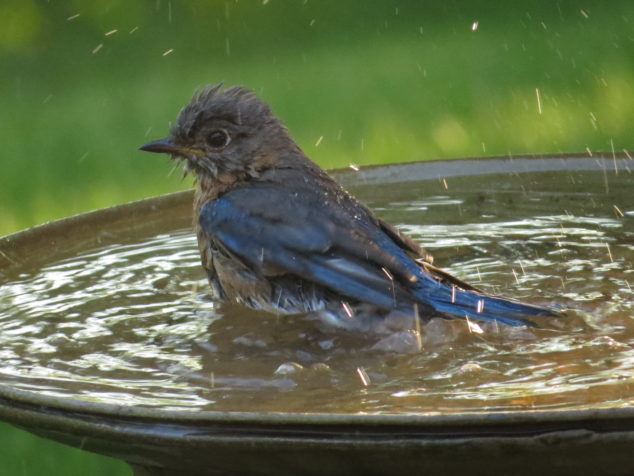
Leave a Reply